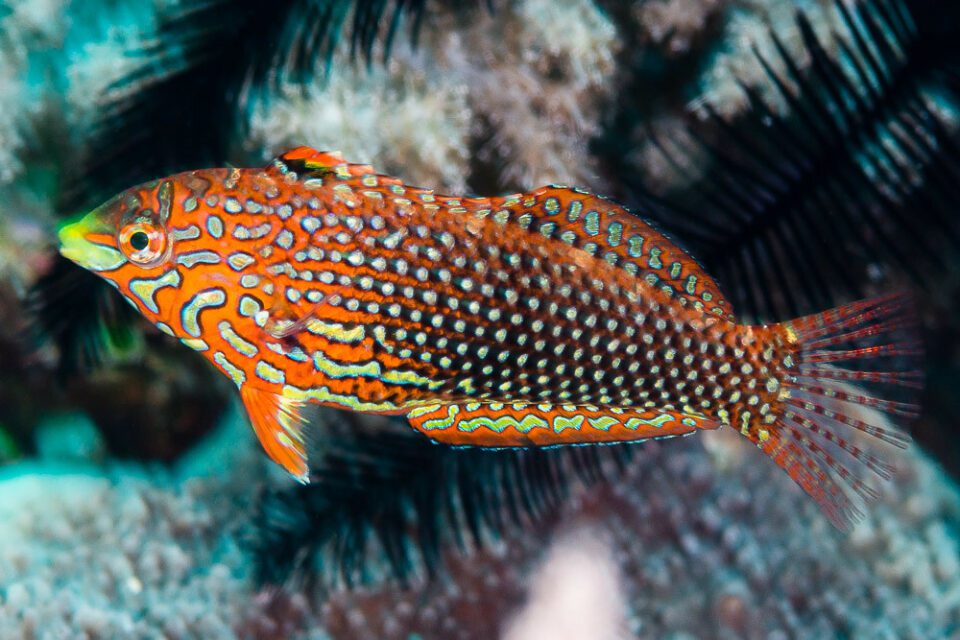What is Brooklynella?
Brooklynella is a fatal disease that affects marine fish by attacking their gills and creating a buildup of mucous. It is caused by the ciliated protozoan Brooklynella hostilis. These parasites live on the skin of fish and can lead to severe respiratory problems once the gills are infested. Although this parasitic scourge is similar to other aquatic parasites, it requires a fish host to survive and is not particular in its quest to find a proper host. Brooklynella has been known to affect clownfish and members of their scientific family, but any species of fish can contract this parasite.
Symptoms of Brooklynella in Fish
Most similar symptomatically to Oodinium, Brooklynella is also a parasite that primarily attacks the gills first. Once infested, your fish may display the following symptoms:
- Mucous and lesions on the skin
- Gasping for air
- Scraping against objects in the tank
- Lethargy and loss of appetite
At the onset, fish may scrape up against objects, rapid respiration develops, and fish often gasp for air at the surface as the gills become clogged with mucous. Very quickly, the fish will become lethargic, refuse to eat, and its colors will fade. The most noticeable difference that sets Brooklynella apart from Oodinium is the heavy amount of slime that is produced by a fish that has contracted this parasite. As the disease progresses, a thick, typically white-colored mucous covers the body. Skin lesions can also appear, and it is not uncommon for signs of secondary bacterial infections to arise, such as redness and fin rot.
Causes of Brooklynella
Brooklynella is always caused by Brooklynella hostilis, but fish can contract this parasite from a variety of sources. The following may cause your fish to develop the disease:
- Close contact with infected fish
- Infested fish being introduced to the aquarium
- Contaminated water
Along with clownfish, additional species like angelfish, tangs or surgeonfish, wrasses, jawfishes, seahorses, and many others can host Brooklynella parasites. The protozoa that cause this disease to reproduce asexually using simple binary fission through conjugation, which is why they can multiply much more rapidly than Cryptocaryon (Marine Ich/White Spot Disease) and Oodinium (Velvet/Coral Fish Disease). This rapid reproduction explains why Brooklynella can kill fish within a few days. Sometimes, it can kill mere hours after symptoms are first presented. For this reason, accurate diagnosis and immediate treatment of all fish exposed to these life-threatening organisms are critical.
Diagnosing Brooklynella in Fish
Brooklynella can have symptoms that appear similar to other health conditions, like bacterial infections that also cause white, cloudy-looking skin on fish. For this reason, any additional symptoms should be observed. Your aquatic veterinarian will likely determine whether your fish are experiencing breathing issues. Biopsies taken from the skin can also be examined under a microscope to confirm whether Brooklynella is the cause of the symptoms.
Treatment
There are varying suggestions on how to treat an aquarium that has been infested with Brooklynella. They range from adding copper, malachite green, and other remedies, with some of those recommended being used in conjunction with formaldehyde. The consensus is that the best and most effective treatment for Brooklynella is




